There's something uniquely satisfying about a water rower machine. Unlike the constant whir of a fan or the silent pull of a magnetic rowing machine, the water rower offers an auditory experience that mimics the real thing. It's this immersive, sensory feedback that has made it a favorite for home rowing workouts.
If you've just purchased a water rowing machine, this guide is designed to help you quickly master the techniques and workouts that will make your investment worthwhile. If you're still in the research phase, trying to decide if a water rower is right for you, we will guide you through the key factors to consider, ensuring you choose a machine that fits your life perfectly.
Whatever stage you're at, this guide has you covered. Now, let's get started on how to use a water rower machine effectively.
1. Why Choose a Water Rower?
What makes water rower so special? Unlike static magnetic resistance rower or loud air resistance rower, water provides a dynamic, self-regulated challenge.This creates an incredibly smooth, natural feeling that is easy on your joints. The soothing sound of the water swirling in the tank is a unique benefit, making your workout feel less like a grind and more like a rhythmic, meditative activity.
Beyond the experience, rowing is a supremely efficient full-body workout. So, what muscles does a water rower work? Essentially, it engages over 85% of your muscles. The leg drive targets your quads,glutes, and calves. The core swing activates your abs and lower back, and the pull finishes by working your lats, biceps, and shoulders. According to a Harvard Health study, a person weighing 185 pounds can burn over 300 calories in 30 minutes of vigorous rowing, making it a powerhouse for cardiovascular health and weight management.
2. How to Choose The Right Water Rower?
Selecting the best home water rower depends on your personal circumstances. Here are some considerations:
- Resistance system: Affects feel,noise, and how hard you can push. Water gives natural drag while magnetic gives more control/levels.
- Frame & rail structure: This is critical for comfort and effectiveness. Check the water rower's maximum user height and rail length. Taller individuals need a longer slide rail to ensure a full, comfortable range of motion without feeling cramped.
- Storage options: Before buying, consider the area where the rower will be used and stored. If you have limited space, you can opt for a foldable water rower.
- Tank capacity & build: Bigger tanks or thicker materials tend to be more durable; sealing avoids leaks.
With these considerations in mind, we select some recommended choices for you. The Merach water rowing machine series is designed with the home user in mind, offering professional features at a budget price. Here's a quick comparison of the Merach water rowers features:
Merach Water Rower Comparison Table
| Feature | 950 Water Rower | R28 Water Rower | R30 Water Rower |
|---|---|---|---|
| Ideal User | Premium Quality Seekers | Practical Value Buyers | Balanced Value Shoppers |
| Resistance System | Water + Magnetic Dual Resistance | Pure Water Resistance | Pure Water Resistance |
| Resistance Levels | Water: 6 levels Magnetic: 16 levels |
Highest Water Level | Water: 6 Levels |
| Resistance Adjustment | Water: Adjust water volume Magnetic: Smart dial adjustment |
Adjust water volume | Adjust water volume |
| Water Tank Capacity | Full: 30L Max level: 16L |
Full: 14L | Full: 15L Max level: 7.5L |
| Rail Type | Dual Rail | Dual Rail | Dual Rail |
| Rail Material | Red Oak | Rubberwood | Rubberwood/Red Oak |
| Display Type | Rotary Knob Display | LED Electronic Meter | Backlit LCD Electronic Meter |
| Power Supply | 9V/1A Adapter | AA Batteries | AA Batteries |
| Compatible Apps | Merach, Kinomap | Merach, Kinomap | Merach, Kinomap |
| Storage Method | Drawer-style Folding | Fold & Upright Storage | Fold & Upright Storage |
| Storage Space (m³) | 0.31 | 0.23 | 0.37 |
| Folded Dimensions | 1255×520×480 mm | 530×440×955 mm | 890×420×1040 mm |
| Unfolded Dimensions | 1990×520×480 mm | 1845×440×710 mm | 1805×420×415 mm |
| Net Weight | 31 kg | 16.5 kg | 34 kg |
| Maximum Load | 158 kg | 180 kg | 158 kg |
Based on this comparison, here's which model might be best for you:

For the discerning fitness enthusiast who values premium quality in a rower, the NovaRow 950 Dual Resistance Wood Water Rower is your match. Its solid oak build feels premium right away,paired with smooth dual water+ magnetic resistance that glides perfectly-whether you're taking it easy or pushing harder. Add in a durable polycarbonate water tank and space-saving foldable design, and it's exactly the quality pick for your needs.

For those seeking to achieve the ideal balance between affordability and quality in a rowing machine, CoreRow R30 Rubberwood Water Rower is exactly what you need. It's equipped with a 12-blade water resistance system that delivers solid power with every stroke, paired with sturdy Rubberwood construction, providing reliable support for all your high-octane full-body workouts, while keeping your budget in check.

For those who define value by performance and practical design in a rowing machine, the CoreRow R28 Wooden Water Rower is your go-to. Its foldable wooden water rower design saves space easily, handles up to 400 lbs (sturdy enough for all fitness levels), and comes with a leak-proof tank that avoids messy hiccups. You'll get full-body resistance for a solid workout, and it assembles in just 10 minutes-no fussy setup, just straightforward function that fits what you actually need.
3. How to Use Water Rowing Machine Effectively?
To maximize the water rowing machine benefits, proper and effective use is essential. Here are 7 simple yet highly effective water rower workouts to incorporate into your fitness regimen.
Workout 1: 20-Minute Beginner Warm-Up
This session is the cornerstone of rowing workouts. It builds muscle memory and base endurance with low intensity, perfect for mastering the technique.
How to perform:
- Sit tall on the seat and hold it in both hands.
- Row at a light resistance for 20 minutes while gradually increasing stroke rate.
- Focus on smooth timing: legs→body→arms on the drive, arms→body→legs on the recovery.
- Finish with 2 minutes of light dynamic stretches.
Sets & Reps: 1 continuous set of 20 minutes.
Workout 2: Endurance Row
Steady rowing helps build endurance and increase calorie burn. It improves your aerobic base. It's low-impact and time-efficient.
How to perform:
- Warm up for 8-10 minutes.
- Set a comfortable resistance and row at a steady pace for 20-30 minutes with 18-24 strokes per minute.
- Finish with a 5-10 minute cool-down of easy rowing and stretches.
Sets & Reps: 1 continuous set. For beginners, start at 20 minutes and add 2-3 minutes each week.
Workout 3: Fat-Burning Interval Pyramid
Pyramids rowing mix durations and intensities. They build both aerobic and anaerobic systems. It boosts your metabolism and burns calories long after your workout ends.
How to perform:
- Row hard for 1 minute, then rest for 1 minute.
- Row hard for 2 minutes, rest for 2 minutes.
- Row hard for 3 minutes, rest for 3 minutes.
- Row hard for 2 minutes, rest for 2 minutes.
- Row hard for 1 minute, rest for 1 minute.
Sets & Reps: Follow the pyramid structure once.
Workout 4: 500-Meter Sprint Test
Short high-intensity bursts raise heart rate quickly. They improve speed and anaerobic fitness. It's a great water rowing machine workout to push your body and test your progress over time.
How to perform:
- Aim for about 90% effort in the first 150-200 meters to avoid burning out too early.
- Maintain a consistent rhythm through the middle 200 meters. Keep stroke rate around 30-34 SPM.
- In the final 100 meters, increase your drive and pull intensity to finish at full power.
- Record your final time and average split. Use it as your baseline for future tests.
Sets & Reps: 4-6 sets, with 3-5 minutes of rest.
Workout 5: Legs-Drive Drill
This rowing workout is a legs-dominant sport, and 60-70% of your power comes from pushing with your legs. This drill builds the essential muscle memory to initiate every stroke with your lower body, helping you push harder without overusing your back.
How to perform:
- Sit at the catch position. Your shins should be vertical, your arms are straight, your shoulders are relaxed, and you are hinged forward from the hips.
- Drive powerfully through your heels and push the machine away from you.
- Once your legs are almost completely extended,stop. Do not swing your back or pull with your arms.
- Bend your knees and smoothly slide back up the slide to the Catch.
Sets & Reps: 2 sets of 10 repetitions with a rest of 60-90s.
Workout 6: Power Strokes
This is a full-body power rowing workout that focuses on developing explosive power. It emphasizes the legs, glutes, and back,but also requires core stability and arm engagement. It is designed to increase your top-end speed and teach you how to apply maximum force to each stroke.
How to perform:
- After warming up for 10 minutes, increase resistance slightly.
- Drive 10 powerful strokes as hard and fast as possible, focusing on explosive.
- Recover with 1-2 minutes of easy rowing.
- Let the machine glide freely as it slows down.
- After fully resetting, execute the next powerful stroke.
Sets & Reps: 6-8 sets of 10 power strokes with rest 90-120s.
Workout 7: 30/30 Interval Sprints
This HIIT rowing workout is a brutal but highly efficient way to burn calories and improve your rowing speed. The 30 seconds on,30 seconds off structure forces your body to work at its maximum capacity and then provides just enough recovery to let you do it again. It's a fantastic way to build mental toughness alongside physical power.
How to perform:
- Row easily for 5-10 minutes. Include a few 10-second bursts at a faster pace.
- Use the interval function on your rowing machine if available. Set it for a high number of intervals with a 30s work time and a 30s rest time.
- Sprint for 30s at high intensity as hard and fast as you can.
- Recover with easy rowing for 30s and focus on taking deep
Sets & Reps: 8-12 rounds with a rest of 2-3 minutes. Do this 1-2 times per week.
A balanced weekly plan might include two endurance-focused sessions, one high-intensity day, and a technique or recovery day. Listen to your body, prioritize proper form over speed or power, and consistently challenge yourself. The diversified rowing machine workout plan will ensure you burn more calories and use your home water rower effectively.
4. Common Mistakes to Avoid
Even though a water rowing machine looks simple, many beginners make technical mistakes. Avoiding these errors early will help you row more efficiently, build strength faster, and stay injury-free.

Skip Warm-up & Cool-down
Jumping straight into hard rowing without warming up increases the risk of strain or poor technique. Skipping the cool-down can lead to stiffness. A proper warm-up and cool-down make your sessions safer and more effective.
How to fix it: Always spend at least 5-10 minutes warming up at low resistance. After your main set, row lightly for another 5 minutes to cool down.
Rely Much on Arms
Many beginners try to pull the handle mainly with their arms. This reduces power and quickly tires the upper body.
How to fix it: Drive through your heels first, extend your knees, then follow with your hips and finally your arms.Think of it as a leg-driven movement that ends with an arm pull.
Lean Too Far Back
Some rowers lean excessively backward during the finish, thinking it increases power. It actually wastes energy and stresses your lower spine.
How to fix it: End each stroke with your torso leaning slightly back around 10-15 degrees with core tight, and handle just below your ribs. Keep wrists flat and shoulders down.
Rush The Recovery
You pull hard on the drive, then rush back to the start position without control. This breaks the rhythm and wastes energy.
How to fix it: Slow down your return. The recovery should feel twice as long as the drive. Keep movements smooth and relaxed, letting the water resistance naturally pull the handle forward.
5. Water Rower Maintenance Tips
The beauty of a water rowing machine is its low maintenance. The primary task is preventing algae growth in the tank. It is recommended to add a water purification tablet every 3-6 months. Wipe down the machine after use to keep it clean and check periodically for any leaks.
To keep your home water rower working well and lasting longer, follow these:
- Change the water or add purification tablets per schedule, often every 3-6 months, to avoid odor or algae.
- Check and tighten bolts regularly to avoid looseness or rattling.
- Clean and dry the tank if water clarity changes.
- Inspect seals for any leak risk.
- Lubricate or maintain rails/bearings according to the user manual recommendations.
- Keep electronics dry and avoid water splashes on displays.
Regular maintenance keeps your water rowing machine smooth, quiet, and long-lasting, ensuring your investment continues to deliver peak performance for years to come.
6. FAQs about Water Rower
Now that we've covered the workouts and maintenance, you might still have some questions. Here are detailed answers to some of the most common queries about water rowing machines.
Q1: Why do rowing machines have water in them?
The water creates the machine's unique form of fluid resistance that is different from the programmed resistance of magnetic or air rowers. This resistance is dynamic and self-regulated. This closely mimics the sensation of rowing a real boat on water, providing a smooth, natural, and joint-friendly experience.
Q2: Are water rowing machines better than magnetic?
It depends entirely on your personal preferences and fitness goals. Both are excellent forms of exercise, but they offer different experiences. If you value the most authentic and immersive rowing experience, the water rower is ideal for you. If your priorities are near-silent operation and digital convenience, the magnetic rowers are better.
Q3: How to increase resistance on a water rowing machine?
To increase the resistance, you simply add more water to the tank. More water means more mass for the paddles to move, resulting in greater resistance. Conversely, to decrease resistance, you remove water.
Q4: Is the water rower supposed to feel easy for someone new to rowing?
Yes, and that's one of its great strengths. At a slow, gentle pace, a water rower can feel very accessible, making it excellent for beginners to learn proper technique without strain. However, its true potential is unlocked by its self-regulating nature. As you push harder and increase your stroke rate, the resistance builds dramatically.
Q5: What are the limitations of water rowing machines?
While fantastic, water rowers have a few considerations. They require occasional maintenance to prevent algae growth. And you cannot change the resistance with the push of a button. It's a manual process. If you're tired of manual adjustments, you can choose the Merach 950 Dual Resistance Rowing Machine. It also allows you to increase resistance as easily as magnetic resistance by simply turning a knob.
7. Conclusion
Whether you are a new owner ready to master your machine or a prospective buyer looking to choose the perfect water rower for home use, the key is to start. If you're considering an affordable water rower, the Merach water rower series offers excellent options across styles,costs, and features.
Ready to experience the difference? Explore the Merach collection of water rowing machines today and take the first step towards achieving your fitness goals with confidence. Visit our website to find the perfect model for your home gym.

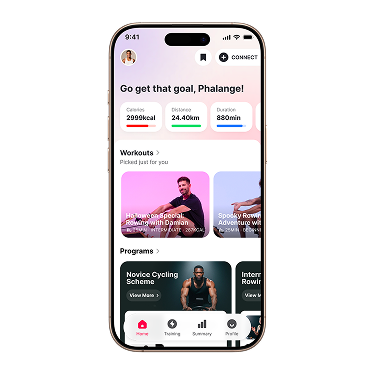


























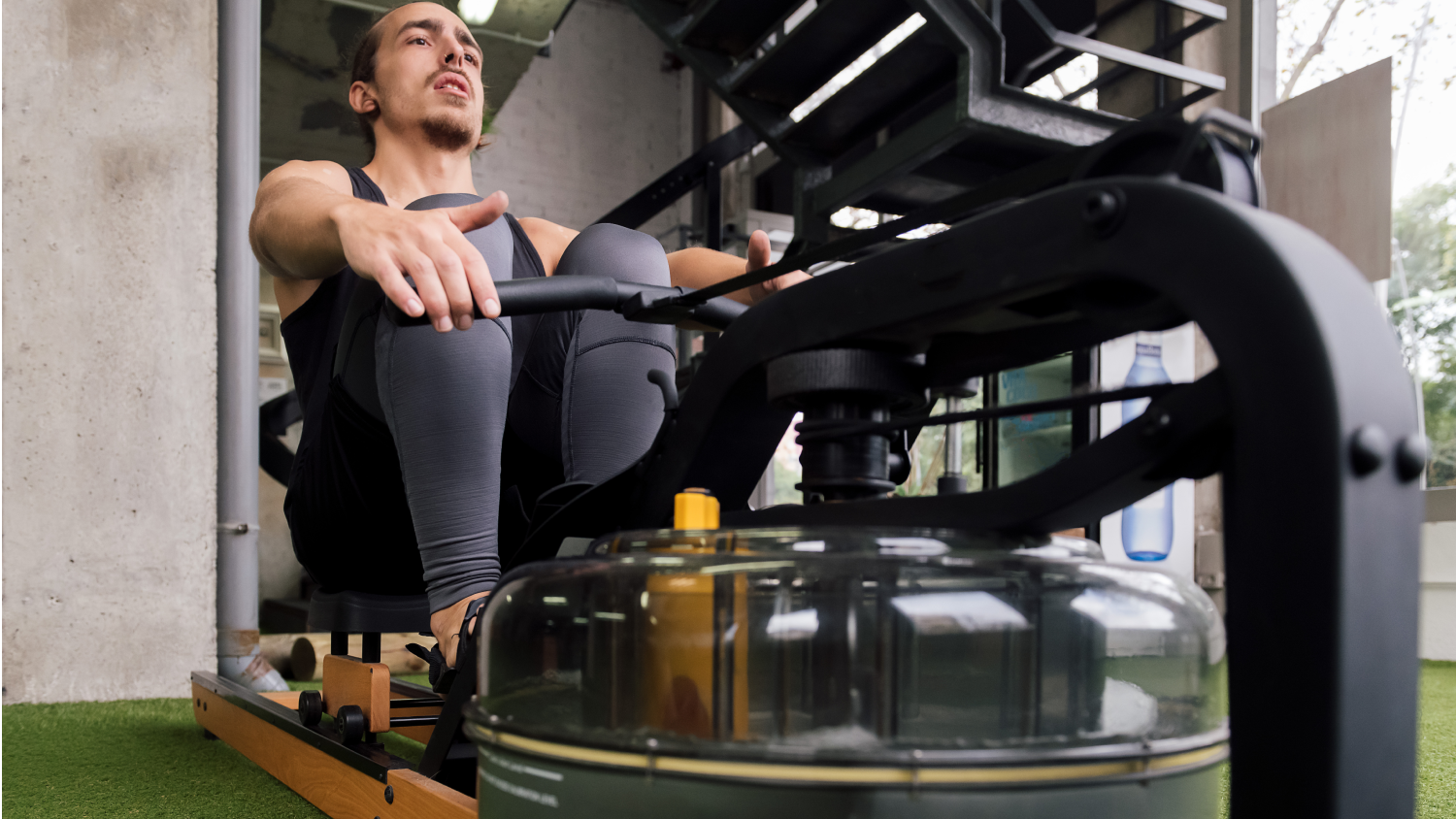
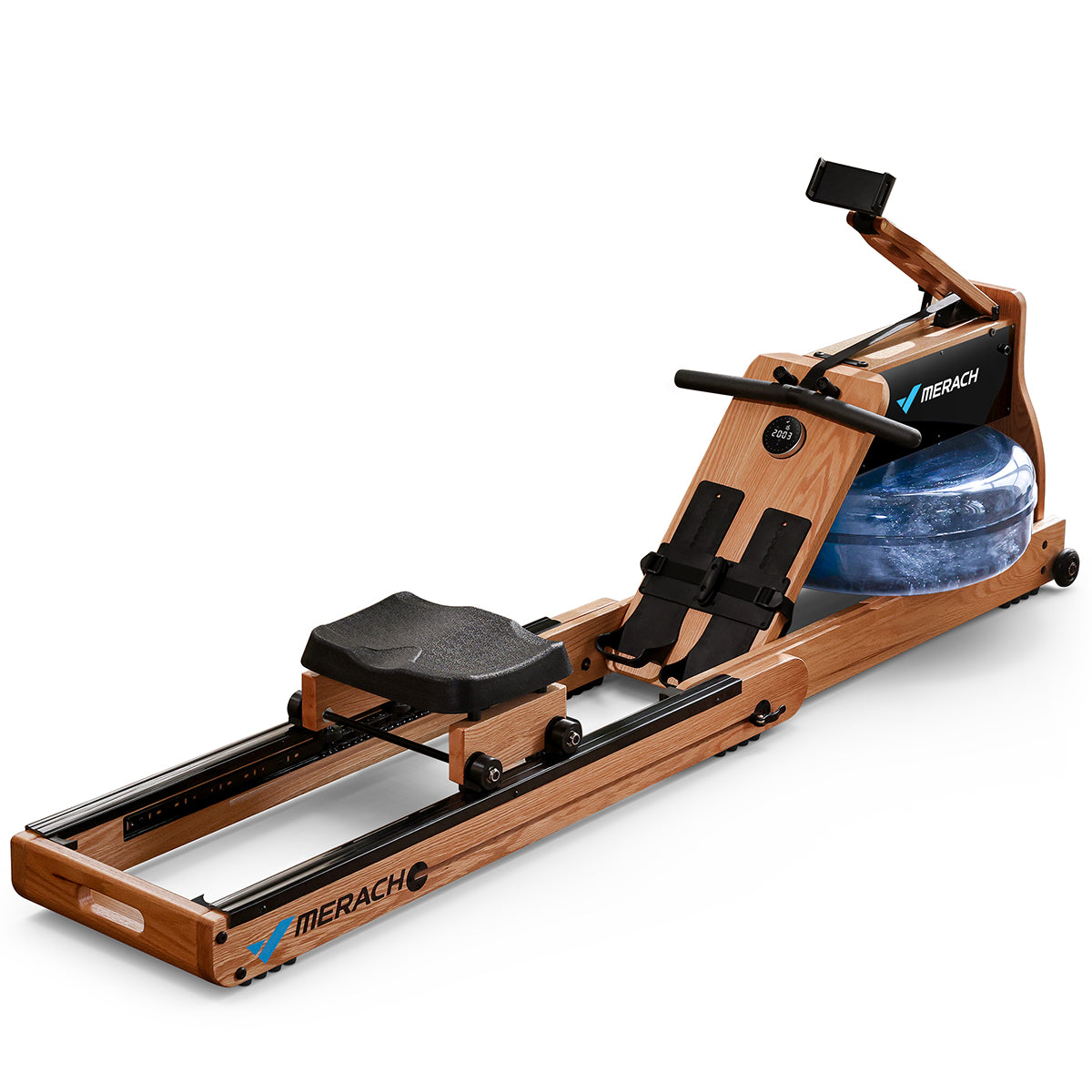
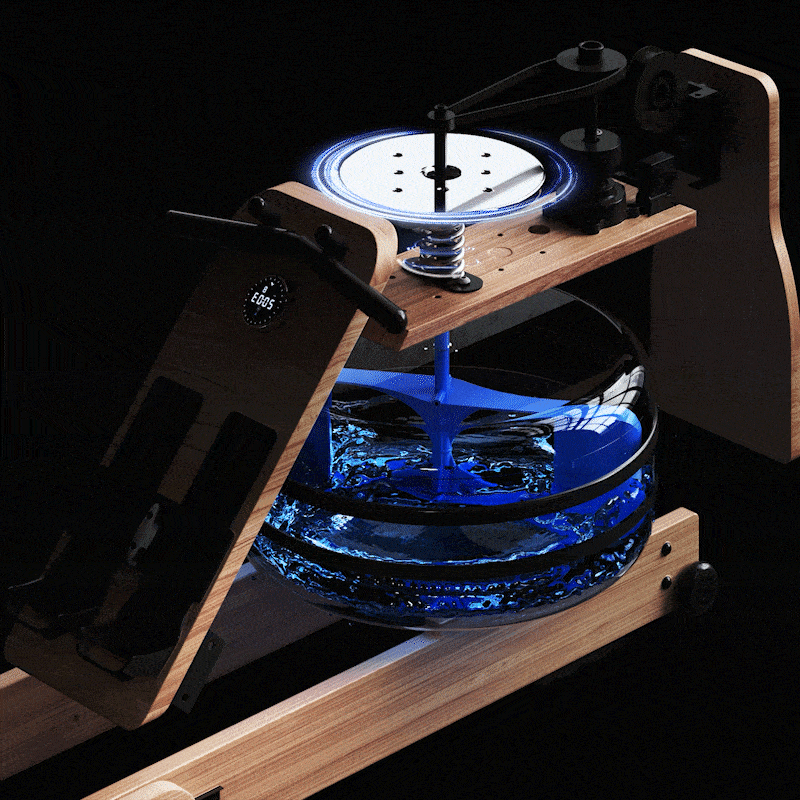
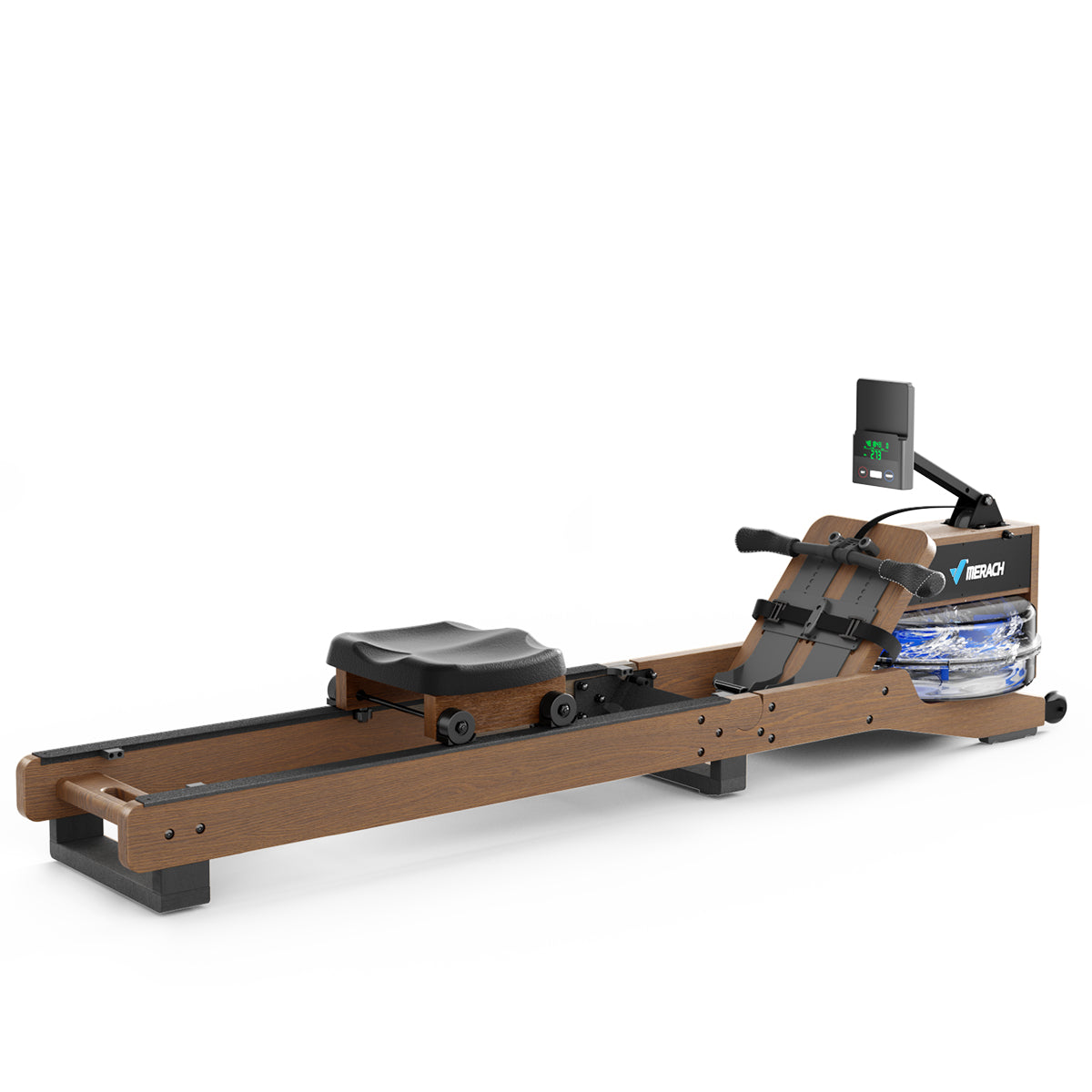
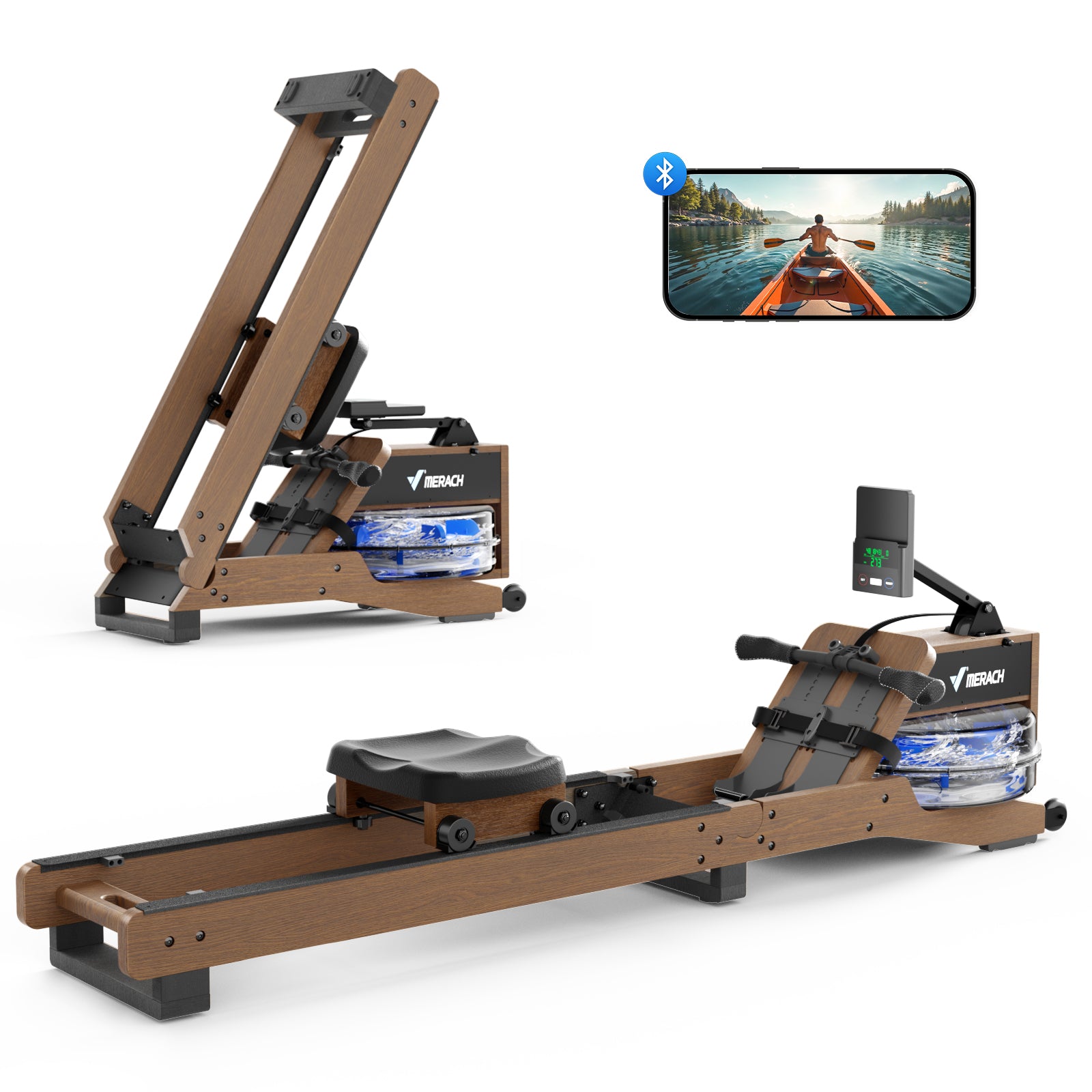
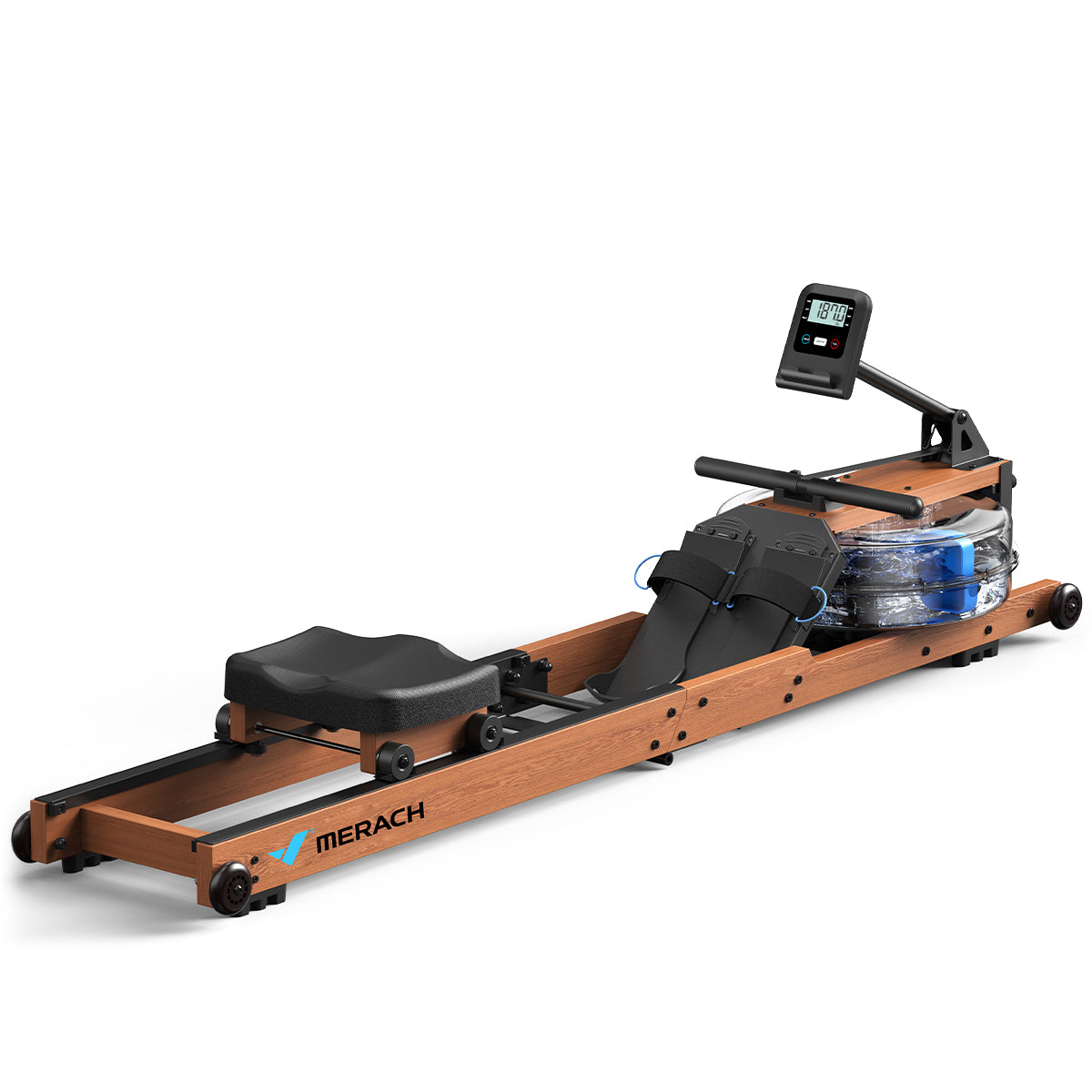
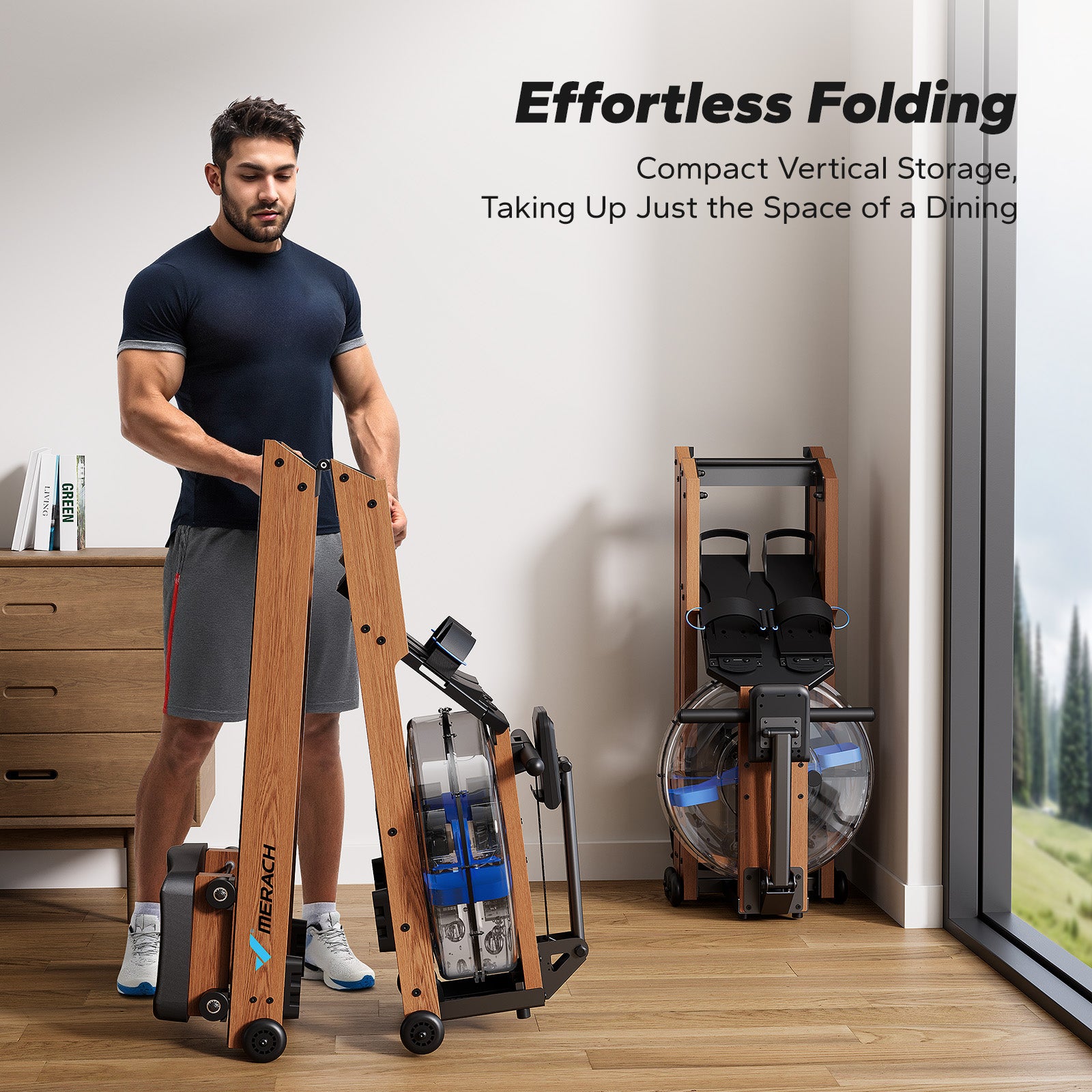
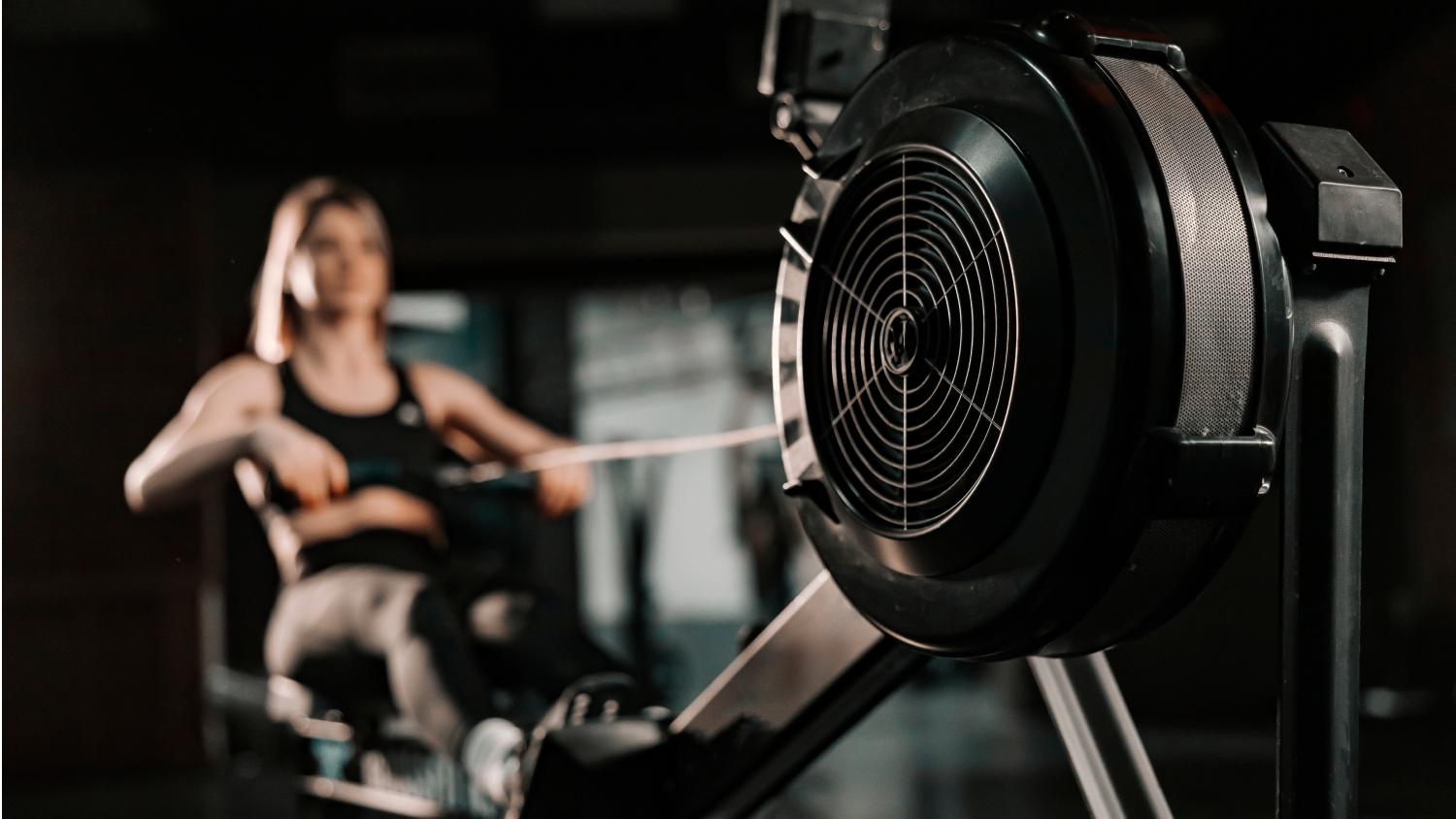
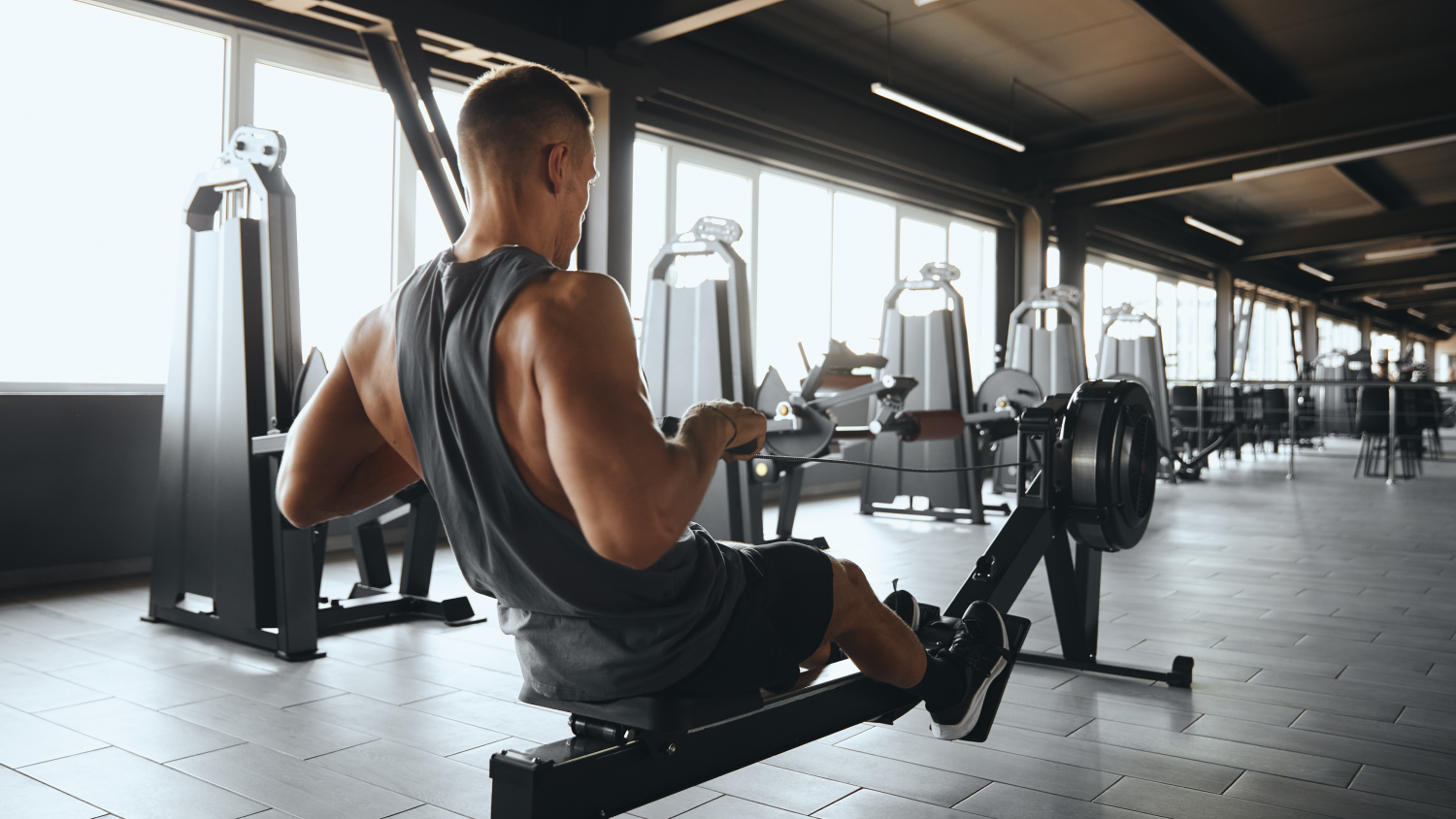
Leave a comment
This site is protected by hCaptcha and the hCaptcha Privacy Policy and Terms of Service apply.